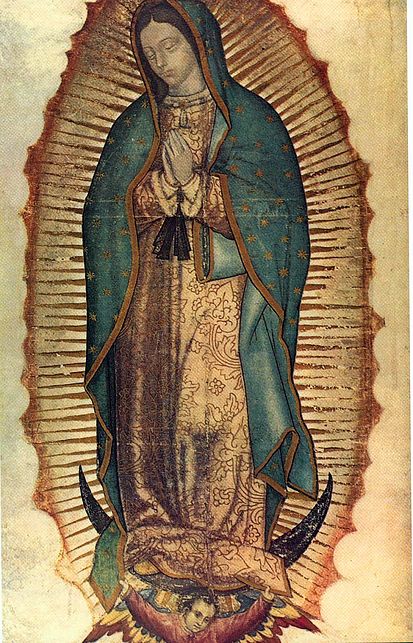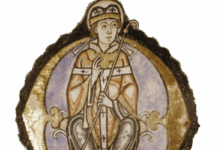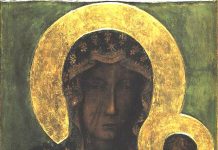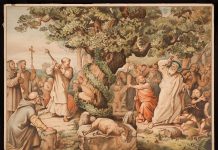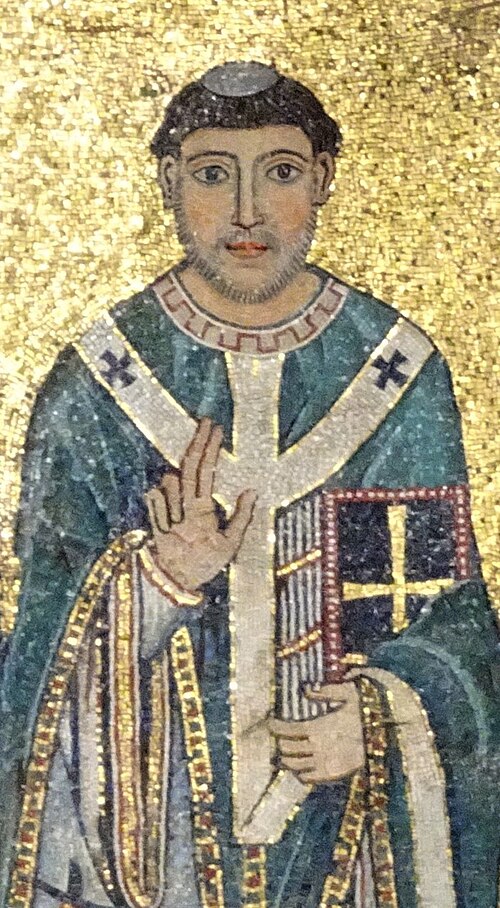
There are two saints commemorated on this April 12th. The first is Saint Sabbas the Goth (+372), a sort of ‘village fool’, but the wisest of fools, a fool for Christ. He lived in what is now Romania during the transition of the Goths – a barbaric, pagan Germanic tribe – to Christianity (they would eventually mostly become Arians, denying Christ’s divinity, thus preserving essential elements of their paganism.
Sabbas was a Christian, and suffered for it. In 369, a ‘Gothic nobleman’ began to enforce paganism in his area. Sabbas confessed his religion, but was let go, as he was a ‘poor man of no account’, and ‘can do us neither good nor harm’. At time, it’s good be a nobody, which is a relief to some of us.
But in 372, three days after Easter, the son of the sub-king (they apparently had such things in Goth-land), Atharid, was having no more of Sabbas’ intransigence. The poor holy man was arrested, dragged naked through thorn bushes, and scourged against a wagon wheel, alongside his priest. They still refused to eat meat sacrificed to idols – knowing that such would signify apostasy in this case, regardless of Saint Paul’s general allowance – so was hauled off by the soldiers. Still, they wanted to let him go, but Sabbas declared he saw all the saints in glory on the other side of the river awaiting him, so was duly dispatched by being held underwater.
Sabbas’ ‘passion’ gives a window into Goth culture, which has little resemblance to the teenage angst culture of dark eye shadow and black clothing. Except, perhaps, with its neo-pagan and nihilistic connotations. It’s Christ Who gives us hope, and reason to live.
We also commemorate Pope Saint Julius I, who reigned from 337 to 352. It was during his time that Athanasius, the great Patriarch of Constantinople, and defender of the Nicene creed, the homoousios, and the full divinity of Christ, was exiled. Pope Julius defended Athanasius, replacing him in his See and remonstrated with the Eastern bishops, claiming Roman primacy over such matters.
And speaking of primacy, it was also Saint Julius who definitively fixed the date for Christmas on December 25th. It is argued whether he did this to counteract the immoral pagan feast of Saturnalia (held two days earlier). But what makes more sense is that this date is nine months to the day after the ancient Solemnity of the Annunciation, March 25th, and the conception of the Son of God in the flesh with the fiat of the Blessed Virgin Mary. This date is also the traditional one for the Crucifixion, and the first Good Friday when Son gave up that same flesh as a perfect, infinite offering to the Father.
On that note, here’s wishing you all a very grace-filled Holy Week, as we prepare for the Triduum, and the great Solemnity of Easter, when the Son of God will rise from the dead, and so conquer death forever.
Can we not, with Saint Sabbas, see all the saints in glory awaiting us in heaven? Have hope, dear reader, even against all the false hope this world offers.
Saints Sabbas and Julius, orate pro nobis! +
(source, in partibus: wikipedia.org)



